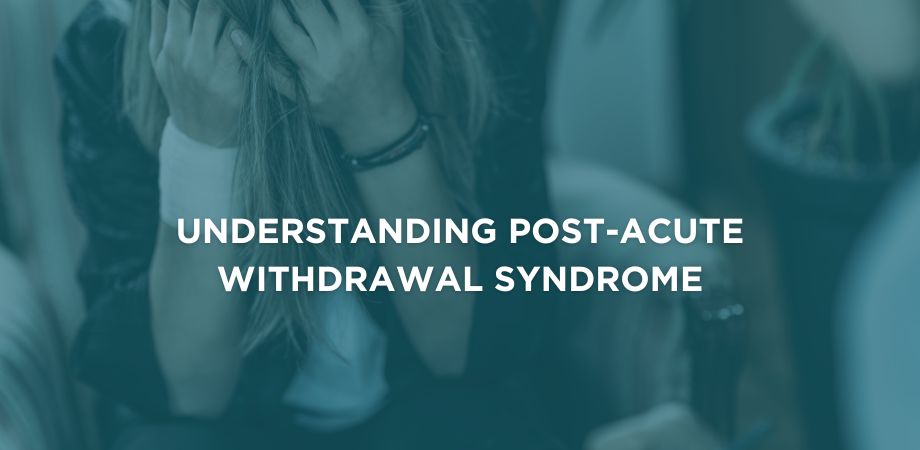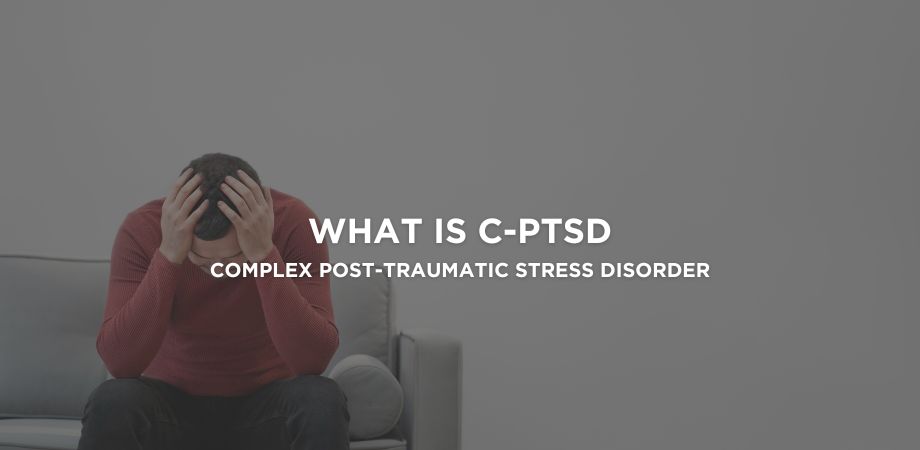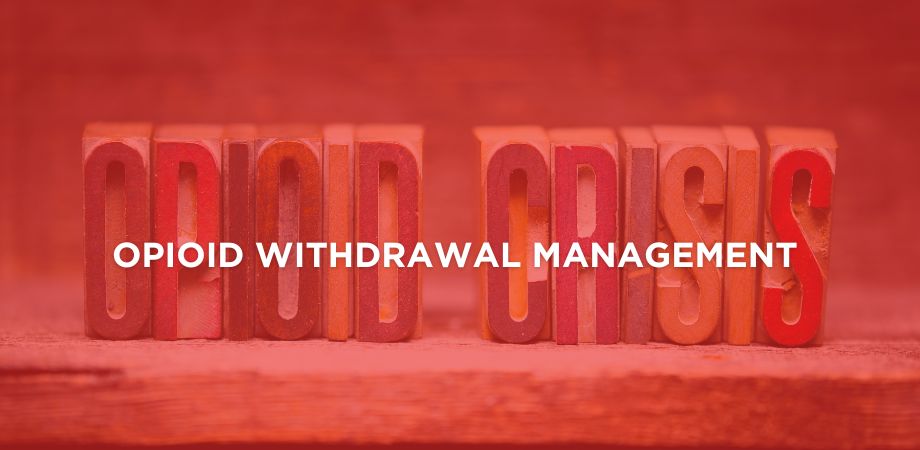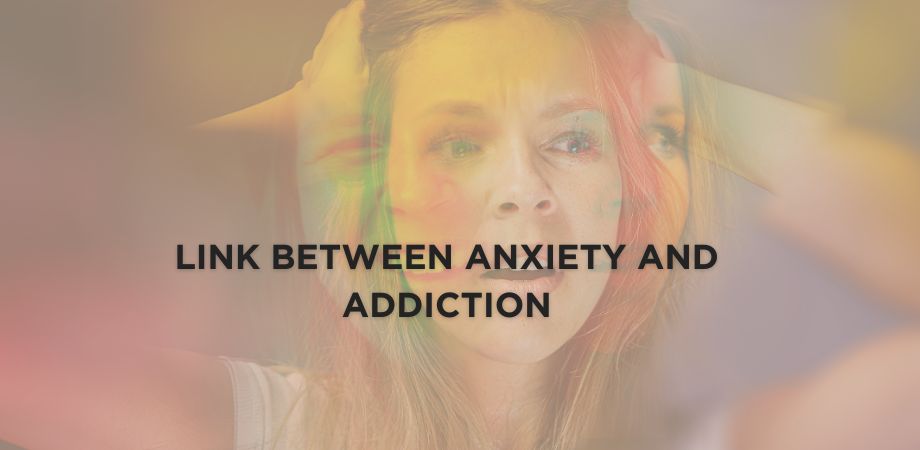Withdrawal from drug or alcohol dependency abruptly or cessation of dosage can bring a physical and mental reaction from the body. The acute symptoms of withdrawal are visible in the first days or weeks following detox. However, some individuals experience symptoms that develop after a few months and can last for years. These symptoms are referred to as post-acute withdrawal syndrome (PAWS).
PAWS can manifest weeks or even months after the acute withdrawal and can present with physical, emotional, or cognitive symptoms. These symptoms can impact a person’s mental health and increase the risk of relapse. However, with the correct help and a holistic approach, it is possible to manage PAWS and build a strong foundation for lasting sobriety.
Heal in a Safe, Caring Environment
Call Us at 1800-547-2060 for a Free Consultation.
What is Paws Withdrawal Syndrome?
PAWS is a set of emotional and psychological symptoms, like depression, anxiety, or sleep problems, that occur after the initial withdrawal from substances. It isn’t a sign of weakness or active addiction, but the brain’s way of healing after a long drug addiction.
During addiction, the brain’s neurotransmitter balance and reward pathways are altered. In the absence of the substance, it takes time for the brain to function normally, and so the onset of PAWS is seen.
Symptoms of Paws
The common symptoms of post-acute withdrawal syndrome include:
- Anxiety
- Fatigue
- Insomnia
- Increased sensitivity to stress
- Depression
- Constant mood swings
- Extreme cravings and urges
- Trouble concentrating
- Irritability and hostility
The symptoms may vary depending on specific drugs, and the following are the symptoms you might notice.
Alcohol
The protracted withdrawal from alcohol shows common symptoms of anxiety, depression, hostility, mood changes, fatigue, insomnia, and decreased sex drive. These symptoms may persist for 2 years or longer, depending on the dosage and the body’s metabolism.
Benzodizepines
Benzodiazepine withdrawal symptoms include anxiety, insomnia, muscle pain, and tremors. These symptoms continue to come and go, but subside after continued abstinence.
Marijuana/Ganja
Marijuana addiction withdrawal process is not complex, but PAWS causes problems with sleep and leads to strange or vivid dreams. Additionally, individuals may have constant headaches and show increased irritability.
Opioids
The protracted withdrawal symptoms for opioids include the development of anxiety, depression, and sleep disturbances. There are also reports of fatigue, irritability, and decreased cognitive functions.
Stimulants
Stimulants and synthetic drugs are somewhat unpredictable, and so are their withdrawal symptoms. The protracted withdrawal symptoms of stimulants include depression, fatigue, and poor impulse control.
Timeline of PAWS Withdrawal
There is no defined timeline for the PAWS withdrawal process. For some individuals, it may last for several weeks to months, while others may endure it for years. This is due to the severity of their addiction and their substance of choice. For example, individuals who have alcohol use disorder can experience symptoms for 2 years or more after withdrawal. For individuals with cocaine or opioid addiction, PAWS may last four weeks to a few months.
High dosages will increase the intensity and prolong the withdrawal process. If a person is on an acute dosage, then the withdrawal symptoms will go away quickly. Similarly, for higher doses, the symptoms will persist for a longer period. Additionally, each person’s body processes drugs or alcohol differently. Detoxification will help your body adjust to life without the substances, so PAWS will begin development as the brain adapts to these changes. Additionally, individuals who have been using for longer periods have a higher risk of having prolonged PAWS. However, it is a temporary symptom, but it is important to be prepared, as it increases the risk of relapse.
Strategies for Managing PAWS Symptoms
The best way to manage PAWS is to adopt a holistic approach that heals the brain and body through the natural healing process.
Prioritize Mindfulness and Stress Reduction
Stress is the major trigger for PAWS symptoms. It is, therefore, important to practice meditation to help you deal with uncomfortable feelings. Deep breathing exercises also help with intense anxiety or irritability. Additionally, spending time in a green space, such as a park or forest, helps reduce stress and improve mood.
Gentle Exercise
Physical exercise is a great tool for stabilizing mood and regulating the sleep cycle. Exercise naturally influences the endorphins and dopamine chemicals that are designed to combat depression or lack of pleasure. It also helps improve and regulate the sleep cycle, reducing insomnia. Try to exercise for 30 minutes consistently to get the best results.
Practice Healthy Sleep Hygiene
Restoring your sleep cycle is vital for healing the brain and its functionality. Try to sleep for 8 hours every day at the same time. If you are struggling to sleep, then shift to a dark and quiet place away from the screen for at least one hour before bed. Try to read a book or take a warm bath before going to bed.
Professional Support
PAWS can be effectively managed in a structured environment. Rehabilitation centers, such as Alpha Healing Center, provide an essential framework for recovery. The center utilizes evidence-based therapies, such as Cognitive Behavioral Therapy (CBT) and Dialectical Behavior Therapy (DBT), to help individuals develop coping mechanisms and emotional regulation. They help normalize the experience and offer immediate medical assistance if needed.
Mutual Help Groups
Support groups, like Alcoholics Anonymous or Narcotics Anonymous, provide community support to fight PAWS symptoms. These hotlines and support groups allow individuals to share their experiences and feel less isolated.
Frequently Asked Questions
No, PAWS is an inevitable way the brain adjusts after prolonged substance abuse. However, the duration and severity can be managed or reduced by following self-care and getting the right support.
PAWS is a recognized phenomenon by addiction professionals and recovery centers; however, it is not formally listed as per the DSM-5. It is essential to understand the issues and problems for long-term recovery.
Yes, PAWS gradually resolves over time as the brain continues to heal and establish new healthy patterns of functioning. For some individuals, the duration can be as short as six months, while others may take up to 2 years.





